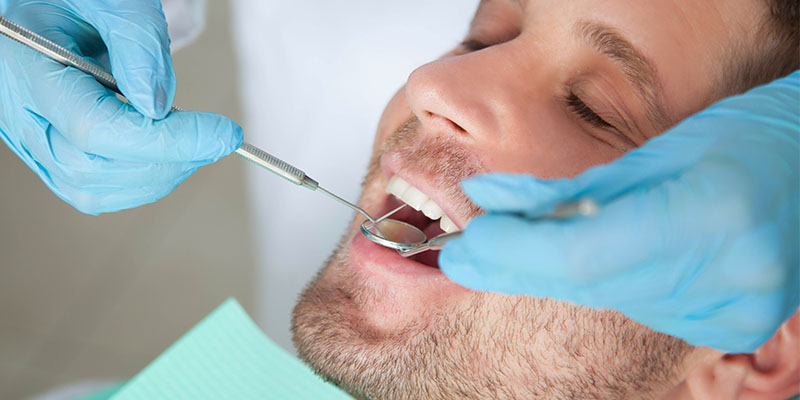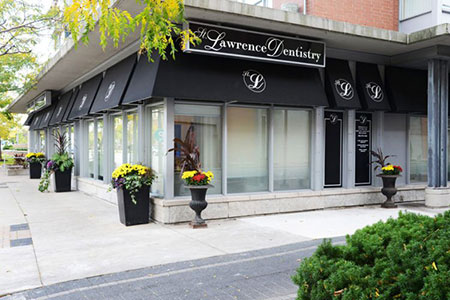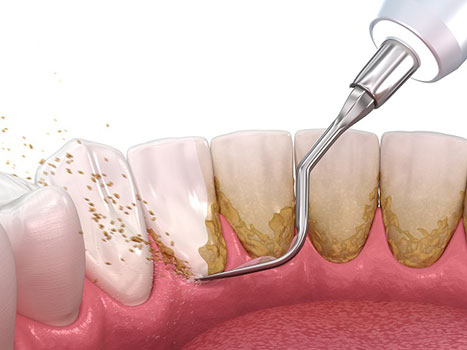
Besides keeping your teeth shiny, have you ever wondered how your dental cleaning actually help your teeth?
Overlooking the tranquil waters of Port Credit, Mississauga, St. Lawrence Dentistry isn’t just about captivating vistas. Beyond the aesthetic appeal of shiny teeth, have you pondered the comprehensive benefits of dental cleanings?
The Dental Hygienists: Evidenced-Based Professionals
Central to St. Lawrence Dentistry are our highly trained dental hygienists. Their primary objective? Mitigate inflammation and ensure that each smile we cater to is at its optimum health through methodical dental cleanings.

Understanding the Intricacies: Plaque, Tartar, and Bacteria
Visualize a delicate, almost invisible film enveloping your teeth – this is dental plaque. A fusion of saliva, bacterial products, and organic components, plaque, if unchecked, can evolve into tartar or calculus. This mineral-laden, hardened plaque can be particularly tenacious.
The role of bacteria cannot be understated. They find solace in the gum pockets and on tooth surfaces. While some bacteria coexist harmoniously with healthy gums, the more detrimental strains can induce inflammation and bone deterioration. Such harmful bacteria produce toxins, notably leukotoxin, that challenge our immune system’s defensive capabilities.

Precision with Evidence-Based Tools
Combatting these challenges requires precision and the right tools. Our dental hygienists employ “scaling and root planing”, an intricate procedure tailored to address harmful bacteria even in the most elusive gum pockets. Our selection of highly effective instruments, like the Hu-Friedy Gracey Curettes, accentuates this procedure at St. Lawrence Dentistry.
This detailed manual cleaning sets the stage for our ultrasonic instruments. Our highly effective NEWTRON® ultrasonic generators play a pivotal role. Their sophisticated vibrations generate minute bubbles, which, upon bursting, release energy formidable enough to dismantle the harmful bacterial cell walls.

Commitment to Excellence at St. Lawrence
An appointment with our hygienists leads to decreased bacterial presence, a revitalized smile, and enhanced dental health. At St. Lawrence Dentistry, we stand firm in our commitment to evidence-based methods and cherish the opportunity to serve our community. Are you eager to understand more about the significance of dental hygiene or keen to experience the meticulous care of St. Lawrence Dentistry? We’re just a call away!



